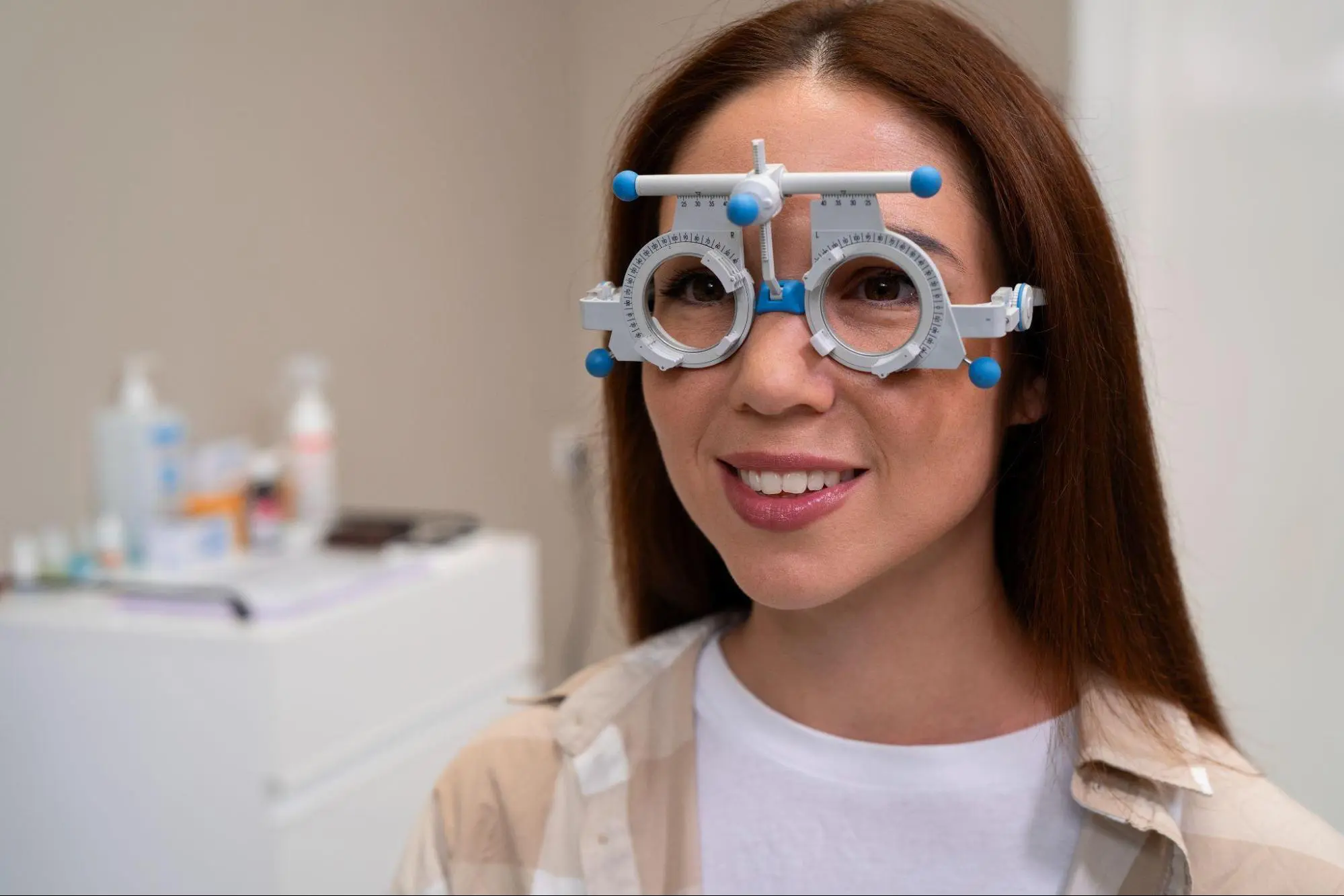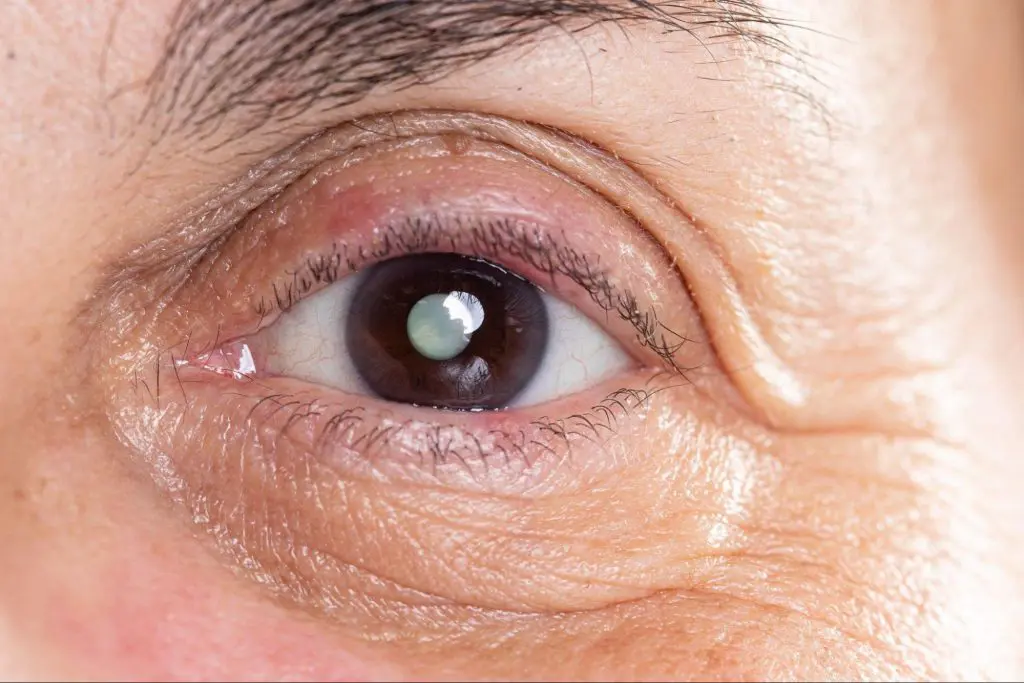While cataracts are often associated with individuals aged 60 and older, in some cases, early-stage symptoms may occur in individuals in their 40s as well. This is because when you are around 40, the proteins in your eye’s lens may begin to break down and clump together. The clumps may begin to make a cloudy area in your lens known as a cataract. This cloudiness could potentially result in blurred vision, difficulty seeing in low light conditions, and colours that appear muted or yellowed.
Possible Causes of Cataracts in 40-Year-Olds
Cataracts for those in their 40s can arise from various factors, such as:
1. Genetic Predisposition
A family history of early cataracts increases the risk of developing them at a younger age. Studies have shown that age-related cataracts occur due to the accumulated damage induced by various environmental effects on the underlying genetic predisposition over time. This occurrence is common and usually progressive. In fact, genetics play a part in 35% to 48% of age-related nuclear cataracts and 24% to 58% of cortical cataracts.
2. Environmental Factors
When your work requires you to be exposed to the sun for long periods, it’s essential that you protect your eyes from UV rays.
According to studies, prolonged exposure to UV rays can cause impaired vision and transient or permanent blindness. In fact, ultraviolet-A (UV-A) and UV-B induce cataract formation.
Though the association between UV light and age-related macular degeneration, like cataracts, is unclear, researchers suggest that blue light induces significant oxidative stress in the eye. And oxidative damage plays a significant role, either as a primary cause or a resultant factor in the development of cortical and nuclear cataracts, which are prevalent forms of age-related cataracts.
3. Smoking
If you’re a regular smoker, perhaps it’s time to take steps in quitting cigarettes and living a healthier lifestyle. While quitting is helpful for your body overall, it is particularly beneficial for your eyesight.
This is because individuals who smoke cigarettes are more likely to develop cataracts. It is believed that smoking introduces additional oxidative stress to the eye, triggering the activity of free radicals that cause oxidation and lipid peroxidation.
Moreover, tobacco byproducts have heavy metals, like cadmium, lead and copper, which accumulate in the eye’s lens and promote direct toxicity.
4. Diabetes
In a report by Channel News Asia, diabetes is affecting people as young as 30 years old in Singapore. Contributing factors of this disease include a stressful lifestyle, living a sedentary diet, and not having enough time to exercise.
When diabetes is not managed properly, it may also lead to vision problems caused by swelling of the lens that causes short-term fluctuations in vision. This is due to the increased glucose levels in the aqueous humour and crystalline lens. When there is too much glucose in the crystalline lens, it may convert glucose into sorbitol, which then results in cataract formation.
Learn more about the link between cataracts and diabetes.
5. Eye Trauma
Trauma to the eye can also result in the development of cataracts, regardless of age. According to studies, up to 65% of eye traumas lead to cataract formation, which causes significant short-term or long-term vision loss due to injuries potentially disrupting the lens fibres or causing swelling that clouds the lens.
Cataracts that are caused by eye trauma may occur acutely or develop over time. However, the severity of the trauma and the condition of the capsular bag determine the type of cataract that will develop and the strategy to address it.

Protect Your Vision
If you are in your 40s and notice changes in your vision, it is vital to take proactive steps in caring for your eye health and consult an eye specialist clinic.
It’s important to consult with a cataract eye specialist who can collaborate with you to manage your eye’s condition. Early intervention is key to preserving your eyesight and maintaining a high quality of life. Moreover, regular eye screening allow for early detection of cataracts and other eye conditions, enabling specialists to address symptoms that can possibly slow down its progression.

